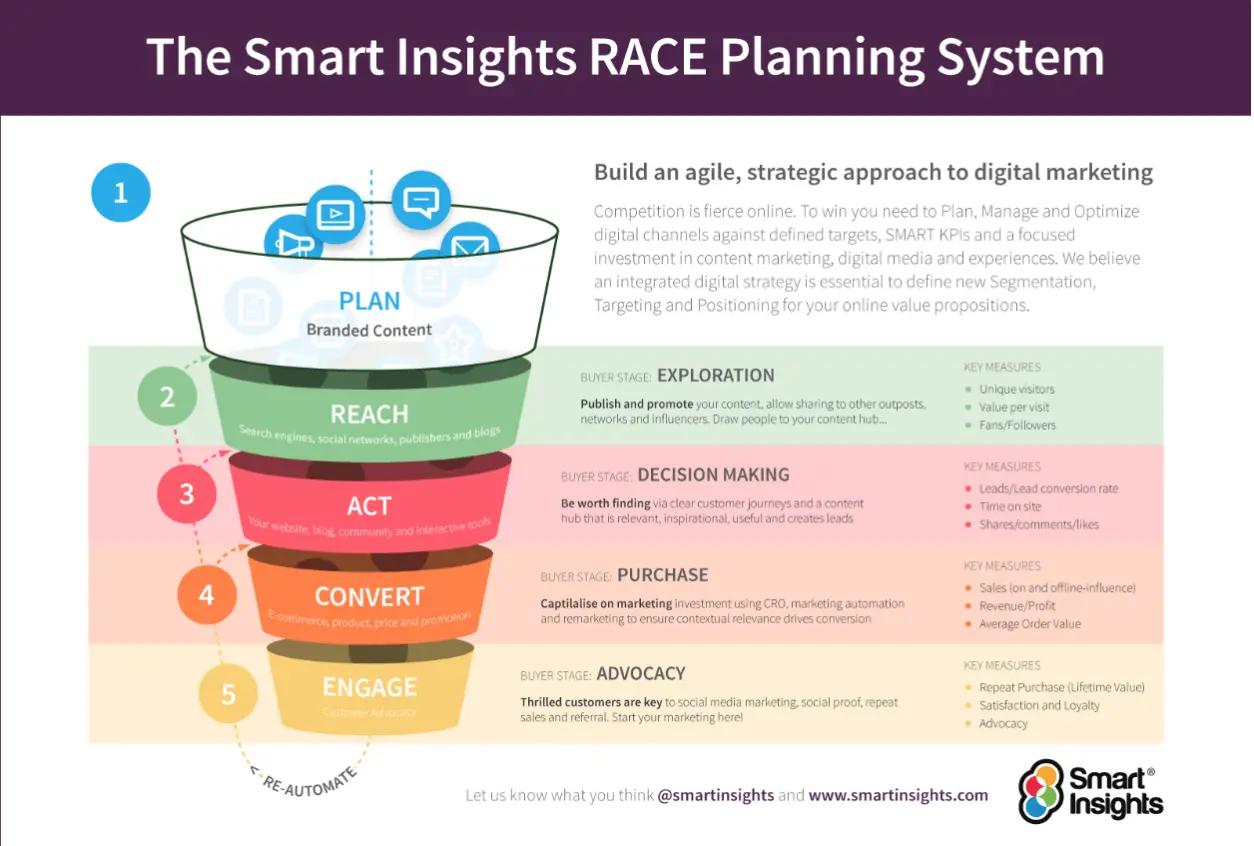When launching a new e-commerce store, you need to come out punching with a plan and actions that will get traffic to your site and lead to sales straight away.
*Updated 7/11/2024
A great way to do this is to start with some excellent promotions. Getting your promotions out to the right people and places is essential for increasing sales, with 92% of people looking for coupons before buying a product online.
This article will discuss the six steps every e-commerce shop should take before a new promotion.
1. Set Goals
The first step is planning out your objectives. Your first promotions will likely be information-based and intended to inform the world about your new shop. They don’t have to be financially motivated.
After getting potential customers to your store, you can advertise follow-up promotions with a call to check out your products. There are three parts to developing the promotional objective:
- Proposed promotion
- Primary objective
- Secondary objectives
The proposed promotion is the type and style of the promotion you want to run.
For example, you could offer 23% off of a product to celebrate the launch of your store on June 23rd. This number should be adjustable and determined in the next section.
The primary objective is what you are looking for as a direct result of the promotion, like increasing e-commerce sales of a specific product.
The secondary objectives are the results that come as side effects of your primary purpose, such as a reduction in inventory and more storage or increased information about a specific product.
These are results of the first objective but can have long-term benefits to your business. Including secondary objectives in your goals can result in higher future sales or lifetime customers.
2. Analyze and Determine Your Prices
After deciding to make a promotion, the next step is to analyze if you are financially capable of adding a promotion to a product or your store. First, gather information on the product(s) you plan on promoting.
You should determine:
- The average price of the product(s)
- The average cost of goods to make the said product(s)
- The average margin on the product(s)
- Your promotional percentage or fixed discount
The equation for determining if your promotion is viable looks like this:
- (average price) x (percentage of discount in decimal form) = dollar value of the discount
- (average price) - (dollar discount) = revenue
- (revenue) - (cost of goods sold) = profit after discount
Finally, find the percentage of profit lost by the discount:
- (profit after discount)/(profit without discount) = percentage lost in profit
Now you can financially determine if a promotion is a good business decision. Repeat this process with a different discount if the promotion value fails, and you may have to redo your pricing.
3. Find Your Audience
Next, it is crucial to determine to who you wish to sell this promotion. Will it be returning customers who have already bought products from you in the past? Or will it be a new audience who has yet to view your products?
Using the primary objective from your planning stage, you must ask if the audience you want will fulfill that goal. It may also be the medium you wish to promote. For example, by remembering the age of individuals who use Facebook, you can create a user experience that applies to that audience.
There are a lot of small nuances that can increase your sales just based on the way people access your site. If needed, hire a professional UX/UI designer to make the transition to sales effectiveness.
4. Set a Timeline
Making a timeline for your promotion is an important decision that should be determined based on how long it will take your promo to create returning customers and how long it will take to make up for losses that come from the sales hit you take on your promo.
Setting a timeline is all about collecting data to determine the level of success of your promotion.
Set a hard start and stop date. These dates will also help determine what kind of stock you need for a product with an upcoming order and fulfill your secondary objectives.
5. Develop a Communication Plan
According to Purple Cow author Seth Godin, advertising gung-ho is never a great idea.
When communicating an idea to a group of people, you need to let them know how unique your product is and how this promotion will result in more time, space, energy, financial gains, or entertainment.
Discounts are a great way to get new customers, but attaching that promotion to something unique (your product’s unique selling point) will be much more successful. Here’s an example of a communication plan using the Purple Cow book marketing techniques.
The boring version: Our milk is cool! Buy it and get more calcium.
Good communication: Our milk comes from a Purple Cow. It’s a healthy way to gain weight. This opening week, you can get 25% off.
Anything can be exciting with the right strategic words. Remember to catch the attention of the reader fast and then direct them to your site. Making sure your advertisements have a solid call to action and include discount information can increase your conversion rate significantly.
6. Prepare for Analyzing and Improving Your Campaign
Data-driven decisions are the way to make your marketing and promotions more successful. Luckily, there are a variety of strategies and tools you can use to analyze your campaigns.
- Heat mapping - Heat mapping tracks users’ cursors on your website and analyzes how long they stay in the same location. You can use this information to improve the UX/UI of your website and reduce the time it takes to make a sale. If your promotion is in a popup on your website that is directly shown to each customer as they enter your store, use heat mapping to determine if your ad’s language and product selection is the best choice for increasing sales.
- Click tracking - Use link tracking tools and software for off-site success and click-through data. Tracking links will allow you to compare the success rate of your social media posts and determine which platform brings more conversions and gets a better click-through rate. If you run your promotion on social media platforms, each link should include a tracking ID to measure the campaign’s performance.
- A/B testing - Testing different versions of your promotions lets you increase user engagement and conversion rates and helps you create better content. You can also experiment with posting on social media at different times and days to understand when your audience is online. The best way to do this is to use a social media scheduling tool.
- Customer click prediction - Customer click prediction is a machine learning software that can rate if a user will click on your post to create better audiences. This software is not widely used, but you can find a few companies that do it or make custom software.
Try Shift4Shop to launch your eCommerce business today.
Conclusion
Using these six steps can help you boost the start of your e-commerce store and make better data-driven decisions that result in the success of your newly started website.
Remember to check if a promotion is acceptable with your margins and if there are any website integrations you can make to track your customers’ experiences better.
Author Bio
Magnus Eriksen is a copywriter and e-commerce SEO specialist with a degree in Marketing and Brand Management. Before embarking on his copywriting career, he was a content writer for digital marketing agencies such as Synlighet AS and Omega Media, where he mastered on-page and technical SEO.




